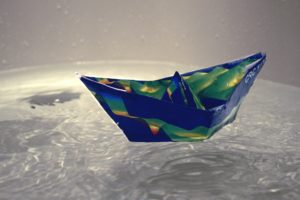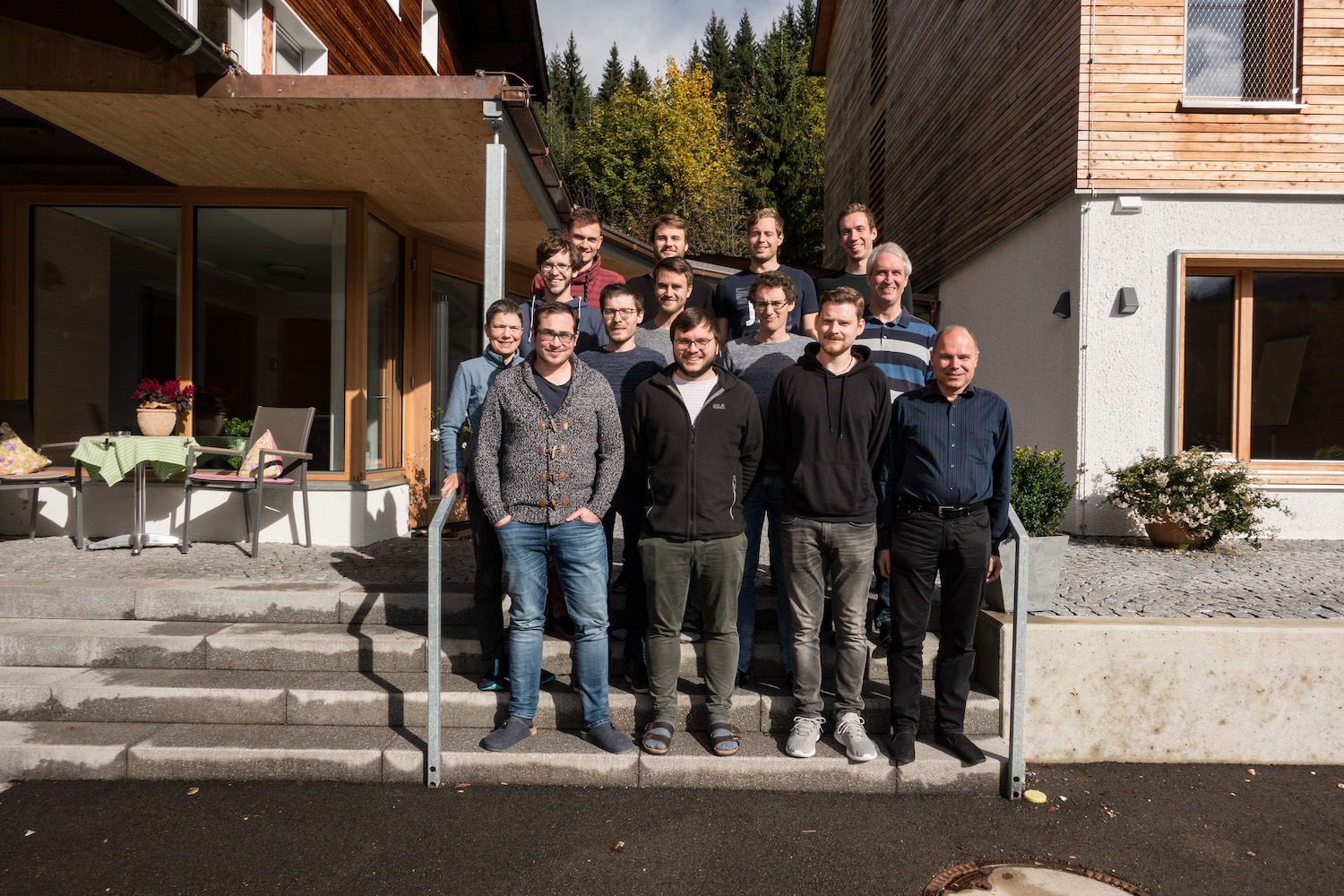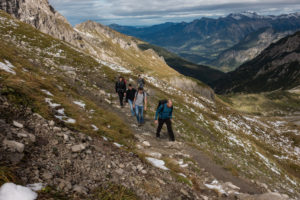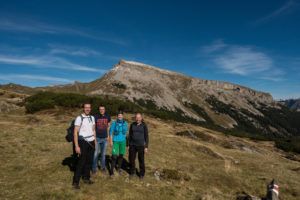Zwei neue Junior Research Group Leader haben ihre Forschung am SFB 1173 in Karlsruhe aufgenommen: Zum 1. Juni 2020 konnten wir Frau Dr. Barbara Verfürth von der Universität in Augsburg und zum 15. Juli 2020 Herrn Dr. Christian Zillinger vom Basque Center for Applied Mathematics (BCAM) in Bilbao an den SFB holen. Wir freuen uns sehr, mit ihnen zwei hochmotivierte, exzellente Forscher*innen in unserem Team zu haben.

Image of Barbara Verfürth (left) and Christian Zillinger (right)
Unsere Nachwuchsgruppenleiterin Barbara Verfürth forscht in den nächsten Jahren an der Entwicklung und numerischen Analyse von Mehrskalenmethoden für partielle Differentialgleichungen mit unstrukturierten, nicht glatten Koeffizienten und möglicherweise auch Nichtlinearitäten. Materialien mit mehrskaligen Strukturen tauchen in vielen Anwendungen auf und sind eine große Herausforderung für numerische Simulationen, weil feine Materialdetails selbst mit modernsten Computern rechnerisch meist nicht aufgelöst werden können. Numerische Mehrskalenmethoden basieren auf der Zerlegung der Lösung in einen makroskopischen und einen feinskaligen Anteil. Dadurch lässt sich das makroskopische oder globale Verhalte der Lösung gut auf einem groben Gitter näherungsweise beschreiben. Ein besonderer Fokus ihrer Arbeit ist die Wellenausbreitung in heterogenen Medien, welche zu erstaunlichen und ungewöhnlichen Effekten wie einem negativen Brechungsindex führen kann.
Nachwuchsgruppenleiter Christian Zillinger beschäftigt sich in seiner Forschung mit Stabilität und Instabilität in physikalisch motivierten Problemen der partiellen Differentialgleichungen. Insbesondere interessieren ihn Durchmischungseffekte und Resonanzen in Flüssigkeiten und Plasmen und deren asymptotisches Verhalten. Des weiteren arbeitet er zu Rigidität und Flexibilität von konvexen Integrationslösungen in Formgedächtnismaterialien und der Rolle von Mikrostrukturen.
Um die beiden Newcomer etwas besser kennenzulernen, haben wir sie gebeten, uns folgende Fragen zu beantworten: Continue Reading →





 In contrast to previous workshops of this series, where the current state of the own research was presented, this year the focus was set differently. Each speaker presented a paper related to his/their own work but written by others. Thanks to the different backgrounds of the speakers there was a wide range of topics from local time-stepping to well-posedness results obtained from Strichartz estimates. Due to the generous time-slots and the format of the workshop, there was also plenty of time for fruitful discussions and we thus learned a lot. We took the opportunity to think about new topics and ideas and potentially acquired a different perspective for our own research.
In contrast to previous workshops of this series, where the current state of the own research was presented, this year the focus was set differently. Each speaker presented a paper related to his/their own work but written by others. Thanks to the different backgrounds of the speakers there was a wide range of topics from local time-stepping to well-posedness results obtained from Strichartz estimates. Due to the generous time-slots and the format of the workshop, there was also plenty of time for fruitful discussions and we thus learned a lot. We took the opportunity to think about new topics and ideas and potentially acquired a different perspective for our own research. The seminar also included social aspects by hiking through the spectacular landscape of the Kleinwalsertal. Together we reached the 2058 meters high summit of the Kanzelwand. In addition some of us explored an ambitious via ferrata, others climbed the Hohen Ifen, and a third group took a stroll through the picturesque Breitachklamm.
The seminar also included social aspects by hiking through the spectacular landscape of the Kleinwalsertal. Together we reached the 2058 meters high summit of the Kanzelwand. In addition some of us explored an ambitious via ferrata, others climbed the Hohen Ifen, and a third group took a stroll through the picturesque Breitachklamm.